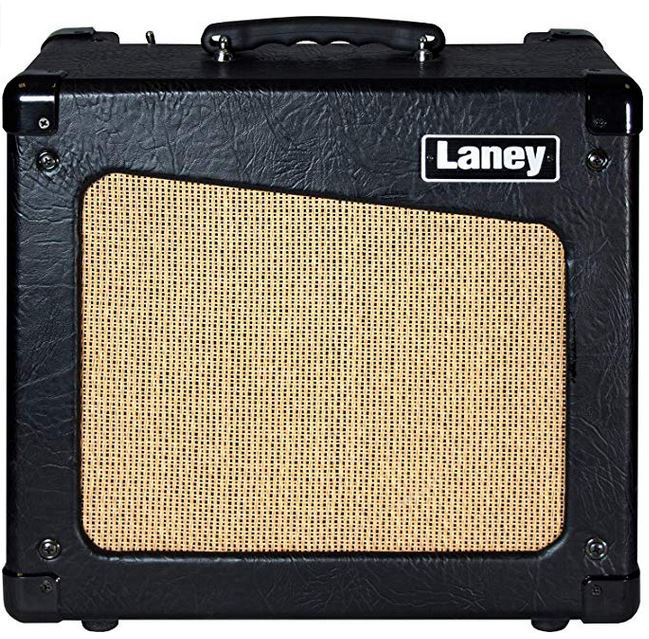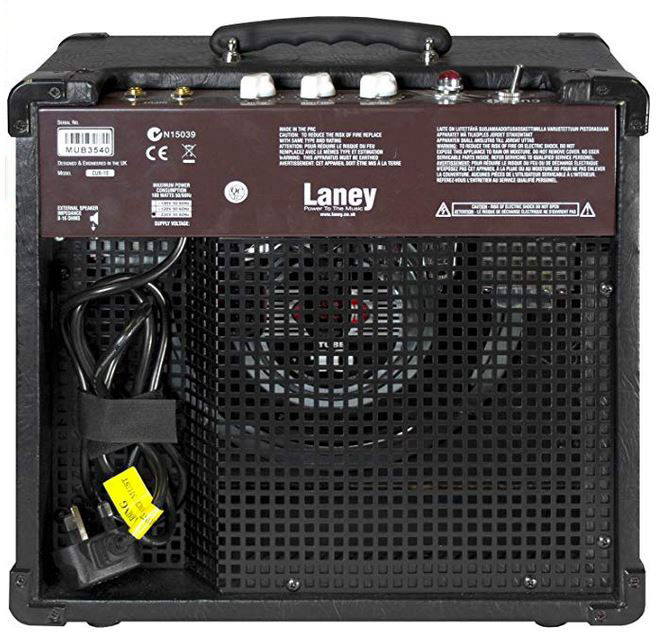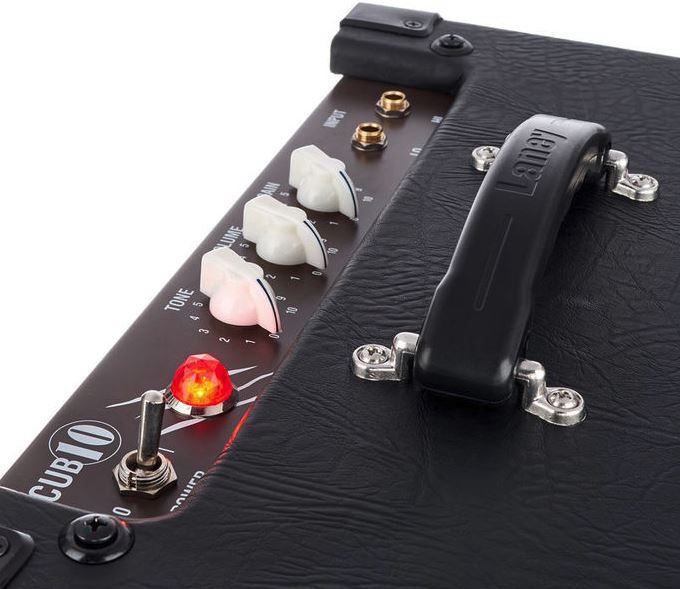Is there any amplifier that fits better than another when you want to use it with a harmonica? If you’re looking for a good value tube amp for your harp, you need to look at this one. The Cub 10 is an impressive sounding little amp that defies its size and price. It’s based on the same format as the old Fender ‘Tweed’ amps from the 50’s, utilizing 2 6V6 power tubes. This gives is in impressive low end ‘thump’, and a raw, yet still musical break-up. Harmonica players often opt for a tube amplifier looking for a warm tone but also trying to get the Chicago sound.
The price of the Laney Cub 10 is less than 400$.
Here are the amplifier specs:
• Power: 10W
• Speaker: 1 x 10"
• Preamp Tube: 2 x ECC83
• Poweramp Tube: 2 x 6V6GT
• Input: 2 x 1/4" (Hi/Low)
• Weight: 18.19 lbs.
James Brenton is a harmonica player from the UK that made a review of this small harmonica gadget.I got a Cub 10 in the past years, when I started to play harmonica.
"I was looking for a small vintage-looking object and I was pleased with it.The amp power is supposed to be 10W, but I found a schematic and looked up the datasheet for the 6V6 output valves, and I would tell that is more like 14W based on the HT voltage. Either way, it's quite loud and can stay clean and undistorted at comfortably loud living room levels. Overdriving the output valves might be a bit loud later in the evening depending on how understanding others are.

I think the main thing to think about if considering one is the single tone control - no 3-band EQ or anything. It's not a straight treble cut circuit, but something in the feedback circuit. I don't know if it boosts the treble. The amp's voicing seems quite neutral (it has a fixed 3-band tone stack hard-wired inside, which suggests it is voiced in some way). It doesn't go terribly bright or sharp sounding but certainly manages to reproduce the harp sound.
If you’re looking for a Chicago style timbre, just set down the tone knob to 2 or 3 and raise gently the gain. I generally find that the tone knob between half and 1/4 works for me - can get a bit muddy if set to less than 2. If pushing the output stage, I tend to have the tone full up. It's often said that it "takes pedals well", which I would agree with, given its generally neutral voicing. Setting the gain down to about 3 and master volume up, it's very nice for riding between a warm tone edging into power amp breakup. The 6V6s distort in a musical way to my ears. I prefer them to EL84s.

Many of us have been thankful for the Laney Cub 10's great classic tone, which some describe to be comparable to more expensive boutique alternatives. The amp's cutting midrange is well received, while others are impressed by its full sounding low end. Many users report that it has enough volume to keep up with a drummer in jams, while others appreciate its good handling of pedals, in case you want to add effects to your harmonica playing. Its vintage style aesthetics is mentioned positively a number of times.
If I should mention some cons, well, the lack of output options limits the Cub 10's functionality to that of traditional amplifiers, with no way of going straight to a console or PA system, and no way for quiet practice via headphones. The lack of reverb and aux input also came up a number of times, specifically from those who use this amp as a practice tool.
Overall, I think it's a sweet sounding little amp. Very no-frills - your adjustments are tone and crunchiness. Clean headroom at decent living room levels was important to me, which was why I avoided the 5W Cub 8. The preamp overdrive sound with the clean boost was something of a revelation - plenty of gain to be had. If you can, give it a try with your harmonica, I think you would enjoy it.
